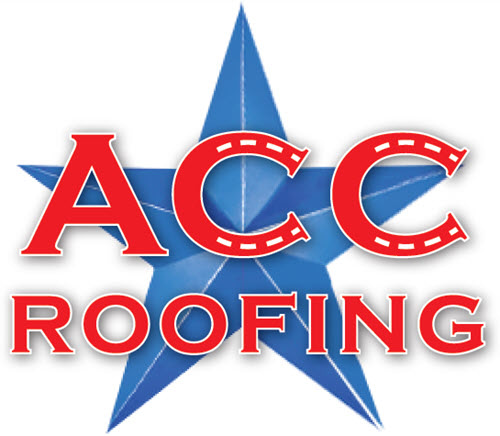You need to learn about roofing safety equipment and safe work practices for several reasons:
[full]
- Reduced workers’ compensation costs and liability insurance.
- For OSHA compliance, CFR 1926.
- Losing experienced personnel (your most valuable asset) to an accident costs your company money that could be spent elsewhere.
- And, mostly for those people who depend on you.
[/full]
There are many steep-roof safety devices to choose from. These devices include ropes, slings, full- and half-body harnesses, perimeter rails and catchers, cleats and roof jacks among other items. However, perhaps 80 percent of installers do not use these safety devices. More contractors are requiring that their crews use approved safety devices when climbing and working on steep roofs.
[full_quote]
Your Objective: To fully appreciate the importance of learning and practicing roofing safety.
[/full_quote]
What’s preventing others from practicing safe rofing?
Statistics show that there are many obstacles keeping installers from using safe work practices such as climbing equipment, etc. Perhaps the most powerful obstacle is the installer himself. Many are overly confident of their own abilities to survive the risks that many roofs present. Novice installers believe that “it can’t happen to me.” And still other installers don’t like the stigma associated with safety equipment because, “it doesn’t look cool.” The fear that safety equipment will hamper the ability to perform the job is invalid. In fact, workers’ compensation, medical insurance underwriters and third-party administrators have all found that the use of safety equipment increases productivity because of less time lost to due to accidents, fewer medical costs and most importantly, less time spent training new personnel to replace the injured personnel.
It comes down to this:
Resistance to the use of safety equipment is due to a lack of understanding.
Picture your loved ones 10 years from now. Picture the circumstances they might be living under if you become a victim of a serious roofing accident – an accident that could have been avoided had you used the appropriate safety measures. Talk to a roofer who has fallen, preferably someone who was using safety equipment at the time. Ask him or her what they thought about safety before and after the fall. The initial cost of starting a safety program is recouped after the first accident, if there is an accident.
Let’s face it, both the employer and the installer have a significant interest in working out and following an effective safety program. There are many safety devices, training materials and experts available to assist, instruct, consult, evaluate and to even help you implement a safety program. Remember, it will always be in everyone’s best interest if you decide to work under the safest conditions possible.
Part Two (Coming SOON)
Credit: Owens Corning
